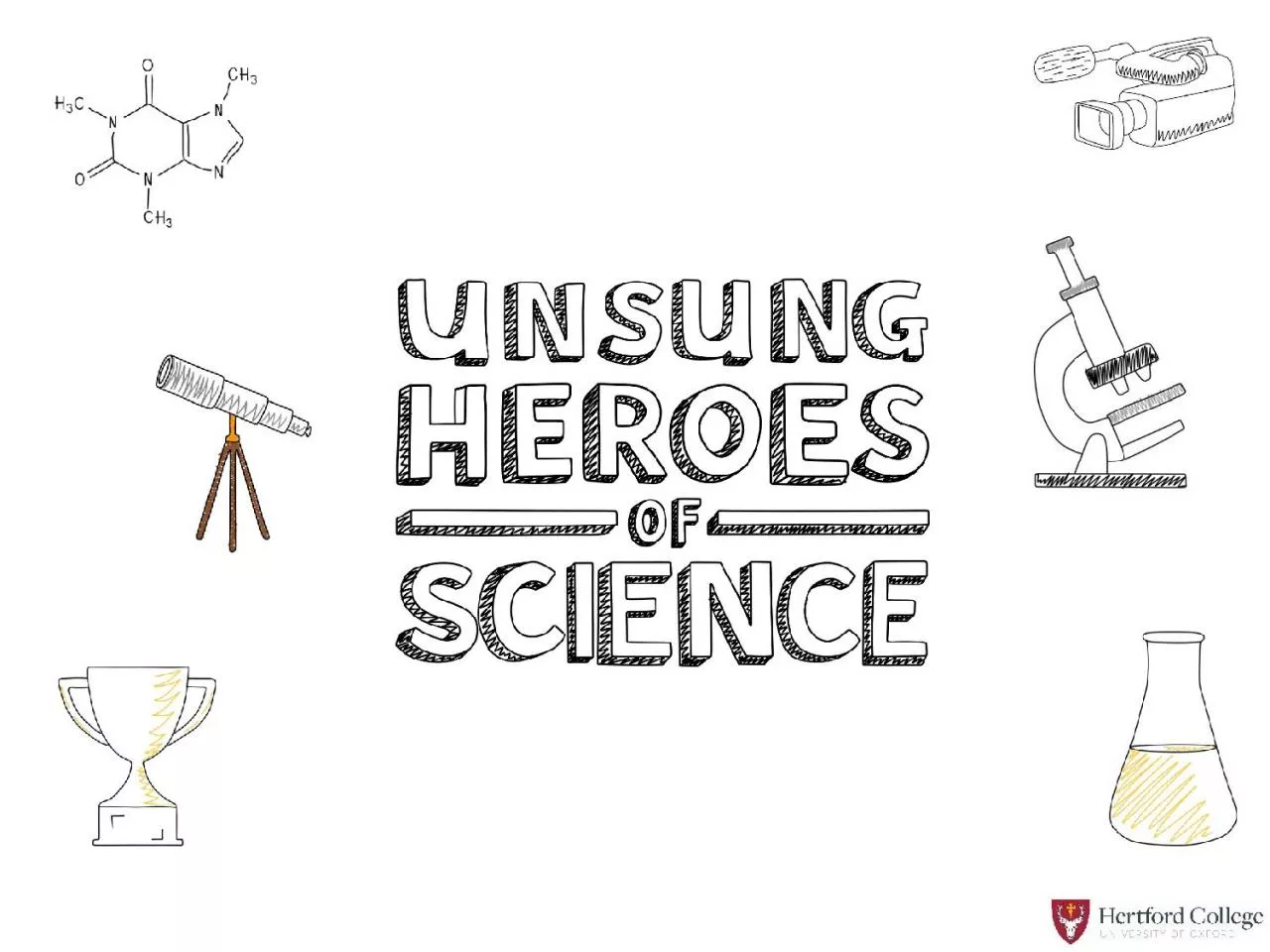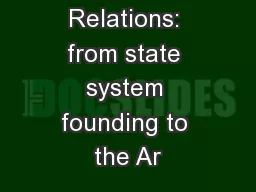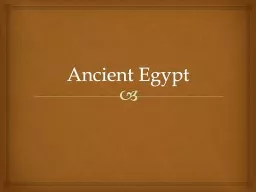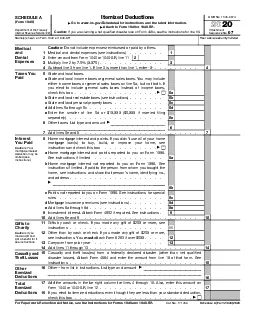PPT-Ibn al-Haytham Lived: Iraq / Egypt, 965 – 1040
Author : sadie | Published Date : 2023-11-04
Mathematician amp astronomer Pioneer of modern optics First known person to correctly understand vision as the eyes passively receiving light reflected from objects
Presentation Embed Code
Download Presentation
Download Presentation The PPT/PDF document "Ibn al-Haytham Lived: Iraq / Egypt, 965..." is the property of its rightful owner. Permission is granted to download and print the materials on this website for personal, non-commercial use only, and to display it on your personal computer provided you do not modify the materials and that you retain all copyright notices contained in the materials. By downloading content from our website, you accept the terms of this agreement.
Ibn al-Haytham Lived: Iraq / Egypt, 965 – 1040: Transcript
Download Rules Of Document
"Ibn al-Haytham Lived: Iraq / Egypt, 965 – 1040"The content belongs to its owner. You may download and print it for personal use, without modification, and keep all copyright notices. By downloading, you agree to these terms.
Related Documents














